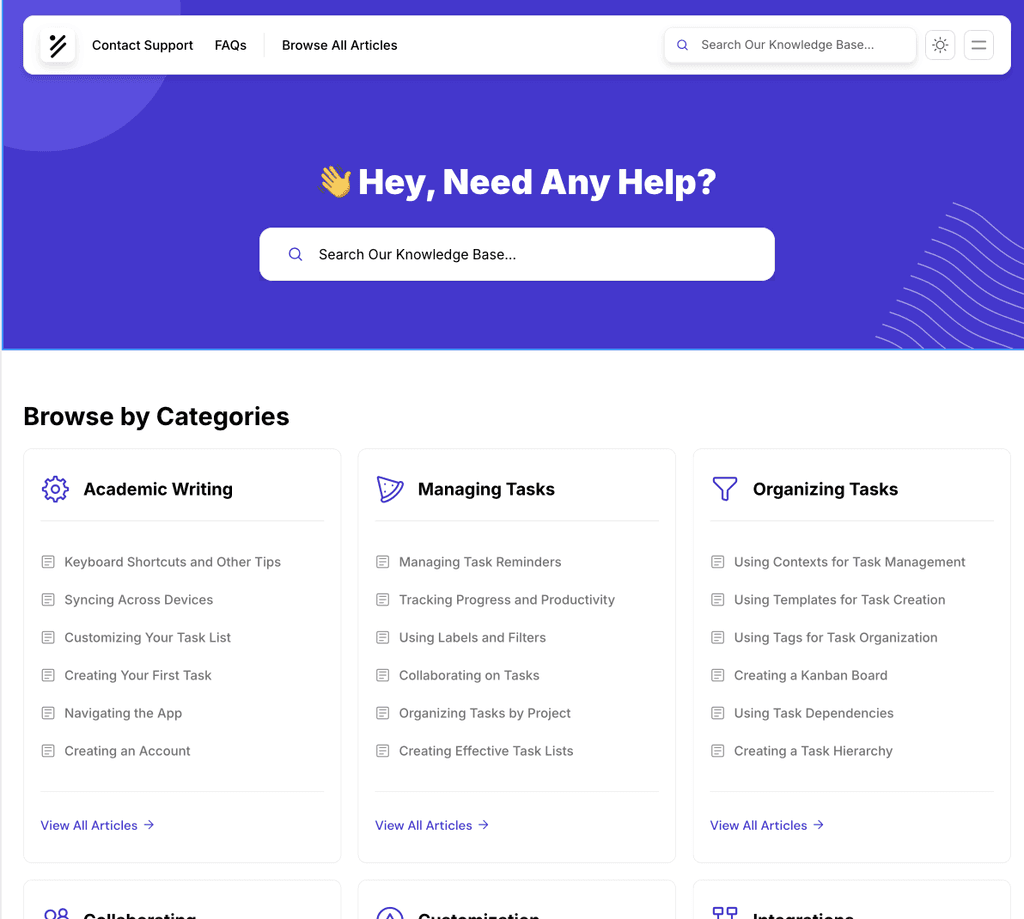Written By: Alan Wichelman
Last Updated on February 2, 2024
How to Use Tenses in Academic Writing: A Guide for Researchers

Tense refers to the time of an action or event, and it can affect the meaning and clarity of your sentences. Choosing the appropriate tense for your research paper is one of the challenges of academic writing. In this article, we will explain the basic rules and best practices for using different tenses in academic writing.
Introduction: Present Simple Tense
Use this tense to state facts, generalizations, definitions, and truths that are not affected by the passage of time.
For example, “Water boils at 100°C.” You can also use this tense in the introduction to state the objectives, scope, and main argument of your paper. For example, “This paper examines the impact of social media on political participation.”
Literature Review: Past Simple and Present Perfect Tenses
Use the past simple tense to describe events, actions, and experiments that occurred in the past and are not connected to the present. For example, “The researchers conducted a survey in 2020.” You can also use this tense in the literature review to summarize and critique the previous research on your topic. For example, “Smith (2019) argued that social media has a negative effect on democracy.”
Use the present perfect tense to describe events, actions, and experiments that started in the past and have a connection or relevance to the present. For example, “The number of social media users has increased significantly in the last decade.”
You can also use this tense in the literature review to indicate the current state of knowledge or a gap in the existing research. For example, “Several studies have investigated the relationship between social media and political participation, but none have focused on the role of gender.”
Methods: Past Simple and Past Perfect Tenses
Use the past simple tense to describe the procedures and steps that you followed in your research. For example, “We collected data from 500 respondents using an online questionnaire.” This tense can also be used to describe the methods used in previous studies. For example, “They used a mixed-methods approach to analyze the data.”
Use the past perfect tense to describe two related events that occurred at different times in the past, especially when describing earlier stages of the experimental procedure. For example, “By the time the temperature and humidity reached optimal levels, the plants had already begun to revive,” or “Respondents who had been grouped into different control groups were given a placebo instead of the new formulation.”
Results: Present Simple and Past Simple Tenses
Use the present simple tense to interpret and discuss the results, implications, and conclusions of your research. For example, “The results show that social media increases political awareness and engagement.” You can also use this tense to present facts and figures in tables and graphs. For example, “Table 1 summarizes the main findings of the study.”
Use the past simple tense to describe the results of your experiments or observations that occurred in the past. For example, “The plants grew faster in the high-temperature condition than in the low-temperature condition.”
Conclusion: Present Simple and Present Perfect Tenses
Use the present simple tense to summarize the main points of your paper, restate your thesis, and make recommendations for future research. For example, “This paper has demonstrated that social media has a positive effect on political participation among women.”
Use the present perfect tense to emphasize the significance and contribution of your research. For example, “We have provided new insights into the role of gender in online political engagement.”
Other Tenses: Future Simple, Past Perfect, and Present Continuous
These tenses are less frequently used in academic writing. You can use them in specific situations, such as making predictions, describing background information, or indicating ongoing actions. However, you should avoid using them too often, as they can make your writing less clear and concise.
Use the future simple tense to make predictions or hypotheses about events that have not yet occurred. For example, “Social media will play a crucial role in the upcoming elections.”
Use the past perfect tense to describe research or experiments that may have already been completed at the time of writing the manuscript. For example, “They had tested the new drug on mice before moving on to human trials.”
Use the present continuous tense to indicate actions that are happening at the moment of writing or speaking. For example, “We are currently analyzing the data and will publish the results soon.”
Summary: How to Use Tenses in Academic Writing
The most important thing to remember when using tenses in academic writing is to be consistent and precise. You should use the same tense within a section or paragraph, unless there is a logical reason to switch. You should also use the appropriate tense for the purpose and meaning of your sentences. By following these rules and best practices, you can improve the quality and readability of your academic paper.
Looking for professional manuscript editing service? Check ContentConcepts the top-rated English Editing Service Online.



